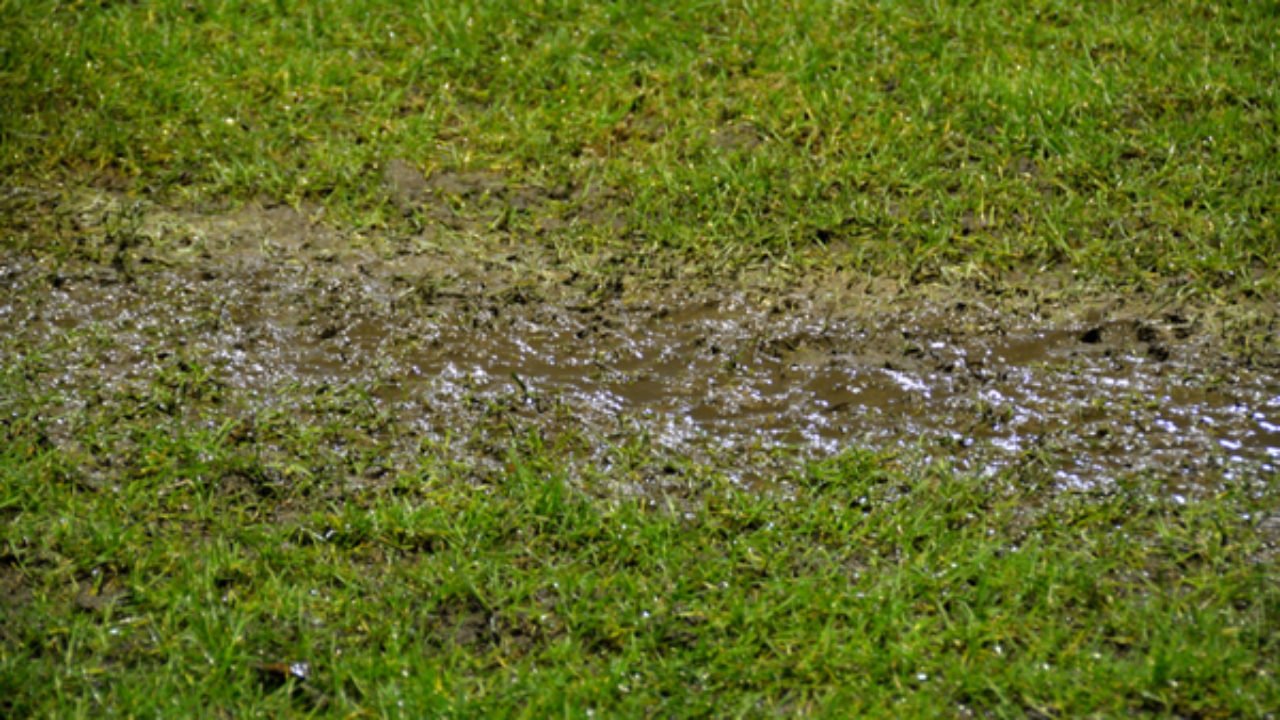Guide To Water Leak Detection In Your Home
Guide To Water Leak Detection In Your Home
Blog Article
The publisher is making a few good observations regarding Finding hidden leaks in general in this article in the next paragraphs.

Early discovery of dripping water lines can minimize a prospective catastrophe. Some tiny water leakages might not be noticeable.
1. Take A Look At the Water Meter
Every residence has a water meter. Examining it is a guaranteed manner in which aids you find leaks. For beginners, switch off all the water sources. Ensure nobody will certainly purge, use the faucet, shower, run the cleaning maker or dish washer. From there, most likely to the meter and also watch if it will alter. Given that nobody is using it, there should be no activities. That suggests a fast-moving leakage if it moves. Similarly, if you spot no changes, wait a hr or more and inspect back again. This implies you might have a slow leak that can even be underground.
2. Examine Water Consumption
Evaluate your water expenses and also track your water intake. As the one paying it, you ought to see if there are any type of discrepancies. If you spot sudden changes, regardless of your usage coinciding, it indicates that you have leaks in your plumbing system. Keep in mind, your water bill ought to drop under the same variety every month. An abrupt spike in your bill shows a fast-moving leakage.
A stable boost every month, even with the same behaviors, shows you have a sluggish leakage that's also slowly rising. Call a plumber to thoroughly examine your residential property, specifically if you really feel a warm area on your floor with piping below.
3. Do a Food Coloring Test
When it comes to water intake, 30% comes from commodes. If the color somehow infiltrates your bowl throughout that time without flushing, there's a leakage in between the tank and also dish.
4. Asses Exterior Lines
Do not forget to check your outdoor water lines too. Must water permeate out of the link, you have a loose rubber gasket. One tiny leakage can squander lots of water and spike your water bill.
5. Check and also Evaluate the Scenario
Homeowners must make it a behavior to inspect under the sink counters and also also inside cabinets for any type of bad odor or mold growth. These 2 warnings suggest a leak so punctual focus is needed. Doing routine inspections, also bi-annually, can save you from a significant trouble.
A lot more importantly, if you recognize your residence is currently old, keep a watchful eye on your heating units, hoses, pipelines etc. Look for discolorations as well as deteriorating as a lot of devices and also pipelines have a life span. They will additionally naturally wear away because of wear and tear. If you think leaking water lines in your plumbing system, do not await it to intensify. Call a professional plumber today so you don't end up with a terrible mess in your house.
Early detection of leaking water lines can reduce a possible calamity. Some small water leakages may not be noticeable. Inspecting it is a guaranteed way that aids you discover leaks. One tiny leakage can waste heaps of water and increase your water expense.
If you believe dripping water lines in your plumbing system, do not wait for it to escalate.
WARNING SIGNS OF WATER LEAKAGE BEHIND THE WALL
PERSISTENT MUSTY ODORS
As water slowly drips from a leaky pipe inside the wall, flooring and sheetrock stay damp and develop an odor similar to wet cardboard. It generates a musty smell that can help you find hidden leaks.
MOLD IN UNUSUAL AREAS
Mold usually grows in wet areas like kitchens, baths and laundry rooms. If you spot the stuff on walls or baseboards in other rooms of the house, it’s a good indicator of undetected water leaks.
STAINS THAT GROW
When mold thrives around a leaky pipe, it sometimes takes hold on the inside surface of the affected wall. A growing stain on otherwise clean sheetrock is often your sign of a hidden plumbing problem.
PEELING OR BUBBLING WALLPAPER / PAINT
This clue is easy to miss in rooms that don’t get much use. When you see wallpaper separating along seams or paint bubbling or flaking off the wall, blame sheetrock that stays wet because of an undetected leak.
BUCKLED CEILINGS AND STAINED FLOORS
If ceilings or floors in bathrooms, kitchens or laundry areas develop structural problems, don’t rule out constant damp inside the walls. Wet sheetrock can affect adjacent framing, flooring and ceilings.
https://www.servicemasterbyzaba.com/blog/how-to-detect-water-leakage-in-walls/

Hopefully you enjoyed our article on Locating water leaks. Thank you so much for taking time to read through our post. Are you aware of another individual who is looking into Detecting hidden plumbing leaks? Do not hesitate to promote it. I truly appreciate reading our article about Finding hidden leaks.
Report this page